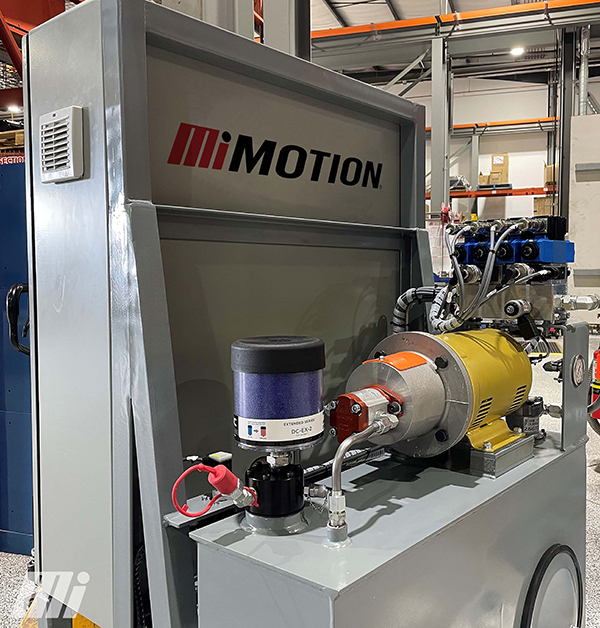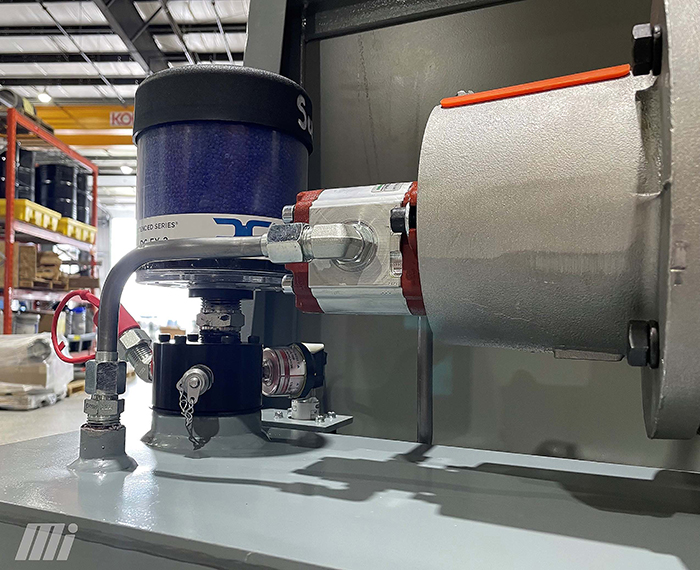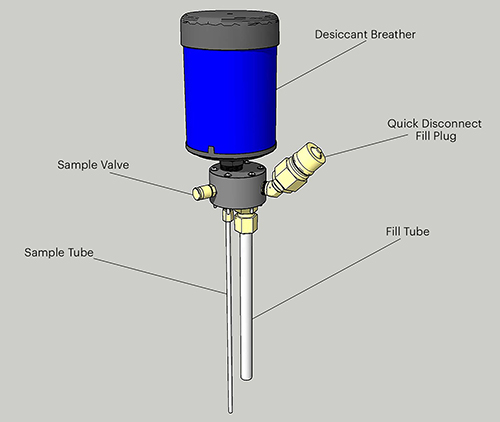The Importance of Oil Analysis
The Importance of Oil Analysis

Lubrication management is crucial to developing a successful preventive maintenance program. Like with most preventive measures, information is key. The better your information and ability to interpret that data, the better your results will be. This is why the best lubrication management programs also include proper sampling, testing and analysis of in-service lubricants. When properly executed, a robust sampling program can give vital insights into equipment condition.
The insights gleaned from analysis can, in turn, help evaluate the predicted life for that equipment and further the proper scheduling of service. This ultimately translates into savings for the equipment owner. These savings are delivered by preventing expensive overhaul/replacement costs, maximizing lubricant life, and minimizing or completely avoiding unexpected downtime or even catastrophic failure.
A good analogy to consider is taking a blood sample during your annual physical. Such tests analyze platelet count, cholesterol, iron levels, glucose, etc. This information gives a doctor key indication of a patient’s physical health. The same is true for mechanical equipment. Similar mechanical health inferences can be made by reviewing things like particle count, element analysis, viscosity, water content, TAN (total acid number) rating, etc.
Common Testing Methods
- Visual Patch: ISO 4406 is a visual inspection of the oil through a microscope. The patch test identifies the types and quantity of contamination present in an oil sample. It usually comes with a picture on the report for you to view the results.
- Particle Count: ISO 11500/4406 uses a laser to count and measure particulate size and quantity in an oil sample. The typical format is # of particles > 4 µm/# of particles > 6 µm/# of particles > 16 µm. These numbers correlate to a look-up table that indicates the quantity range for that particle size within a 1 ml volume of the fluid. For example, a rating of 22/18/13 indicates the ranges below.
- 22 Between 20,000 to 40,000 of particles greater than 4 µm
- 18 Between 1,300 to 2,500 of particles greater than 6 µm
- 13 Between 40 to 80 of particles greater than 14 µm
- Karl Fischer Water Content: ASTM D6304 will provide the water content in oil in ppm (parts per million). Typically, your report will give an acceptable range in addition to the specific value that was determined. Water content can be of particular interest for some, as its symptoms can be more difficult to identify in low-to-moderate quantities. This is because added water will reduce lubricity and can look like standard (albeit premature) wear.
- Conductivity: ASTM D2624 will provide a measure of conductivity in pS/m. This test is particularly important for systems with very high flows and are at risk of electrostatic discharge.
- Common Element ICP Analysis: The ICP (inductively coupled plasma) analysis is used to identify the elemental breakdown of contaminants in ppm. This information can help to identify components that are currently subject to excessive wear. By establishing a baseline and looking for step changes in elemental contamination, you can predict problems before they become catastrophic failures. Below are two examples.
- Elevated levels of Cu (copper) in a hydraulic system that can indicate a worn piston pump, side loading of a cylinder
- Elevated levels of FE (iron) that can point to gearing, bearings, shafts or cylinder/liners
- Viscosity: Tracking oil viscosity is essential to ensure that your equipment is within its prescribed operating parameters. Decreases in viscosity can lead to premature failure and increases can lead to heat (further degrading the fluid) and other issues for systems that are hydraulically driven. A good rule of thumb is to operate within +/- 10% of what is outlined in the material data sheet (or your established baseline). Some systems will require a tighter window.
- MPC (Membrane Patch Colorimetry): This is often used to determine the susceptibility of your oil to insoluble particles suspended in your lubricant (more commonly referred to as varnish). These contaminants can be difficult to remove and often discolor system components before building up to levels that can harm your equipment. Equipment running in extreme temperatures (or large temperature variations), or where water egress is a problem, is particularly susceptible to “varnishing” issues.
- TAN (Total Acid Number): This number tracks acidity levels in lubricants. As they break down and age, this number will often go up due to oxidation. As the levels increase, your system becomes more at risk of damage from corrosion and buildup of oxidized materials. This test is particularly important for the ester-based fluids that are susceptible to this breakdown over time. For mineral fluids, caution limits are usually set at the baseline +0.6, and the critical limits are often set at the baseline +1.


Gaining knowledge during testing (along with knowing which tests to request) is just one part of the process. Using that information to fine-tune preventive maintenance schedules is how you can realize the cost savings. A maintenance team can more effectively schedule tasks like filter/oil changes, follow-up inspections, targeting equipment for inspection, and preemptive removal and maintenance of equipment. While allowing for risk evaluation, this enhances the ability to weigh the potential of an unexpected outage against production schedules and targets.
Catastrophic failures can have far-reaching implications past the mere cost of replacement. Lost production, labor costs, safety concerns and damage to other equipment are all considerations. By establishing a baseline through regular oil analysis and monitoring for increased iron, chromium, nickel, molybdenum, aluminum, copper, tin, lead, silver, sodium and particle count, etc., you can build a predictive model for component failure, and thus avoid it.
For more information, visit Motion.com/pte or Motion’s Fluid Power Knowledge Link (motionind.biz/3mXrsRa).
 Based out of Calgary,
Based out of Calgary, 




